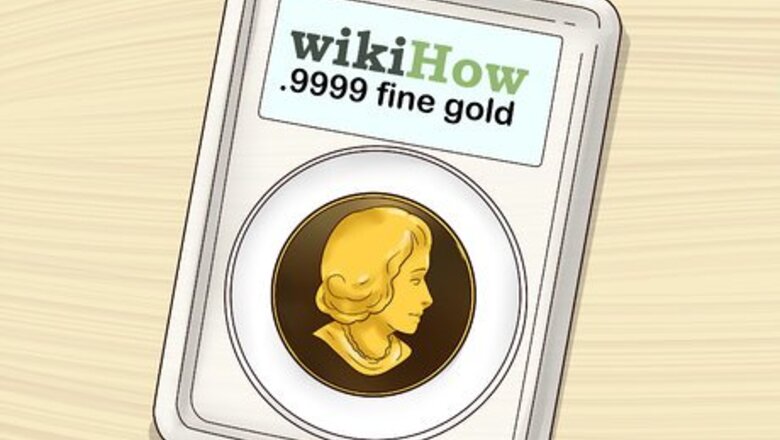
views
Storing and Displaying Collectible Coins

Keep coins in their original containers when possible. Though not all coins come in special cases or slips, collectible gold pieces often do, especially if you purchase them directly from a mint or coin shop. These containers not only increase the value of the coin in question, but they often provide the greatest level of protection from wear and tear. When dealing with uncirculated currency, an official, sealed container will help verify the coin’s authenticity. Examples of these include mint-issued coins in their original government packaging. They often come with a certificate of authenticity that contains information about the coin's specifications. Other examples of these containers are coin holders ("slabs") from third-party grading companies such as PCGS and NGC. It is possible to submit coins to these grading companies; however, these services can get expensive and is only recommended if the coin's value far exceeds the submission cost.
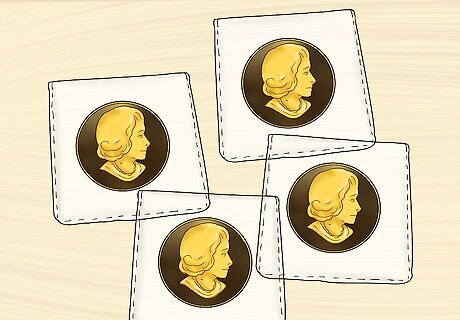
Place individual coins in coin flips. Coin flips are small, portable slips typically made of vinyl or cardboard. These containers are specifically designed for collectible coins and will let you display your gold pieces while protecting them from dust, oil, and other unwanted elements. Most flips are 2 by 2 inches (5.1 by 5.1 cm) in size, meaning they’ll fit just about any coin. Do not purchase flips made of PVC since they can damage the coin’s surface. Look for coin flips online or at specialty metal and coin shops. This is a much cheaper alternative to submitting coins to third-party grading services and is still effective at protecting your coins.
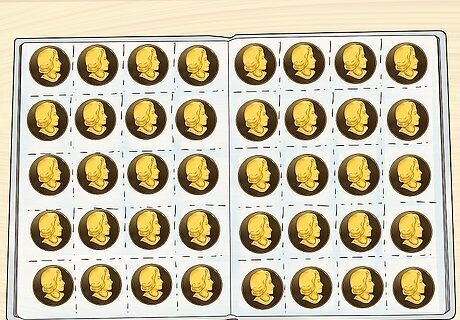
Store large collections in coin albums. Coin albums are binders filled with a series of transparent sheets. Similar to card sleeves, these sheets contain multiple pockets that you can slip your coins into. Albums retain the display functionality of coin flips but can store far more gold pieces, making them a perfect option for sizeable collections. You can purchase coin albums online and at specialty coin and metal stores. For select gold pieces, look for folders made to fit your type of coin specifically. Though not always available, these folders will provide the same amount of space with greater visual flair.
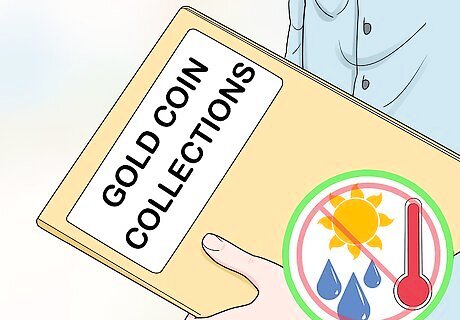
Keep your coins away from sunlight, humidity, and extreme temperatures. To prevent unnecessary damage, make sure to store your coins in a dry area. Gold coins do best in the dark, so keep them away from both indirect and direct sunlight. If possible, store your coins at room-temperature and avoid wild temperature fluctuations.
Keeping Valuable Coins Safe
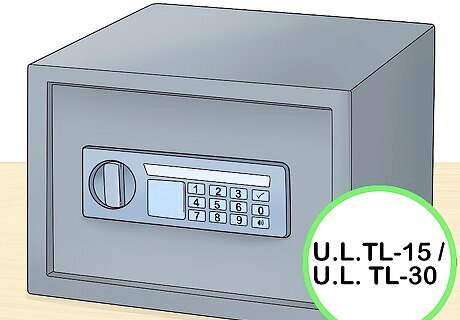
Keep your gold coins in a personal safe. When dealing with something as high-value as gold coins, security is essential. Therefore, if you want to store your gold pieces at home, invest in a well-built personal safe that cannot be moved easily and has a durability rating of U.L. TL-15 or U.L. TL-30. Key-based tumbler locks are easy to pick, so go with a combination lock if possible. Safes are most effective when hidden away, so keep your storage device in a secret area that few people know about.
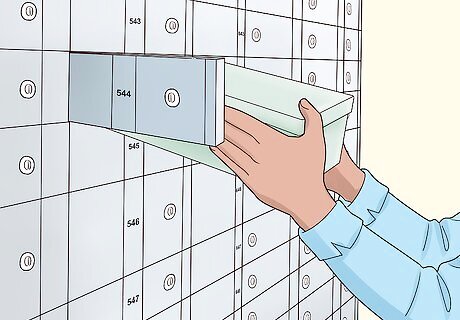
Rent a safety deposit box if you don’t want to store your coins at home. A service offered by most banks, deposit boxes are personal storage lockers that you can place just about anything inside of. The bank locks these boxes behind a thick vault door, giving them an extreme amount of security. Depending on the bank, expect your deposit box to cost between $25 and $150 per year. Banks do not insure items stored in their safety deposit boxes, so you may want to seek out property insurance as a safeguard.

Give your coins to a bullion depository for the best security possible. Independent coin and precious metal depositories have similar security to banks but, since they specialize in coins and similar items, know how to handle and store gold pieces properly. Look for a depository that lets you view or withdraw your coins with only 1 days’ notice. Costs vary based on the depository you choose and how much gold you want to store.
Handling Gold Coins

Handle your coins over a soft surface. Before removing your gold pieces from their protective containers, lay a towel, cushioned cloth, or other soft fabric over your working area. This ensures that, if you accidentally drop a coin, it doesn’t land on a hard or coarse surface that could cause damage.
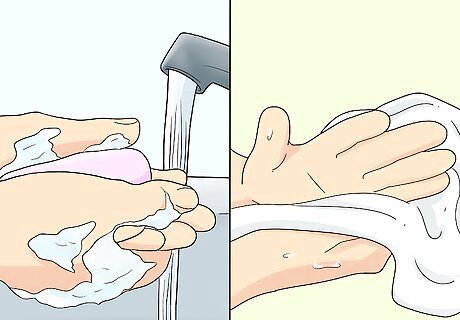
Clean and dry your hands before touching your coins. Gold coins are highly susceptible to the dirt, grime, oil, and other natural elements that build up on your hands. To prevent damage to your gold pieces, wash your hands with soap and dry them thoroughly before touching the coins.

Pick up your coins by their edges. When handling your gold pieces, do your best not to touch the front or back surfaces. Though a single tap will not cause any harm, repeated rubbing or handling can degrade the coin’s quality over time. This is particularly important for collectible coins, where the surface condition determines the gold’s grade and value.
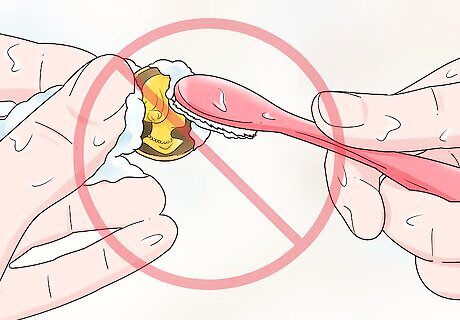
Do not clean your coins. Even if your coins look dirty, do not attempt to clean them off. Most professional cleaning solutions contain acidic solvents that strip away a coin’s surface, and at-home methods like running a gold piece under water or rubbing it with a cleaning cloth can lead to unwanted wear. Cleaning your gold coins may lower both their financial and collector’s value. Though some coin dealers and jewelers offer less-abrasive cleaning services, the process is still not recommended for most coins.




















Comments
0 comment